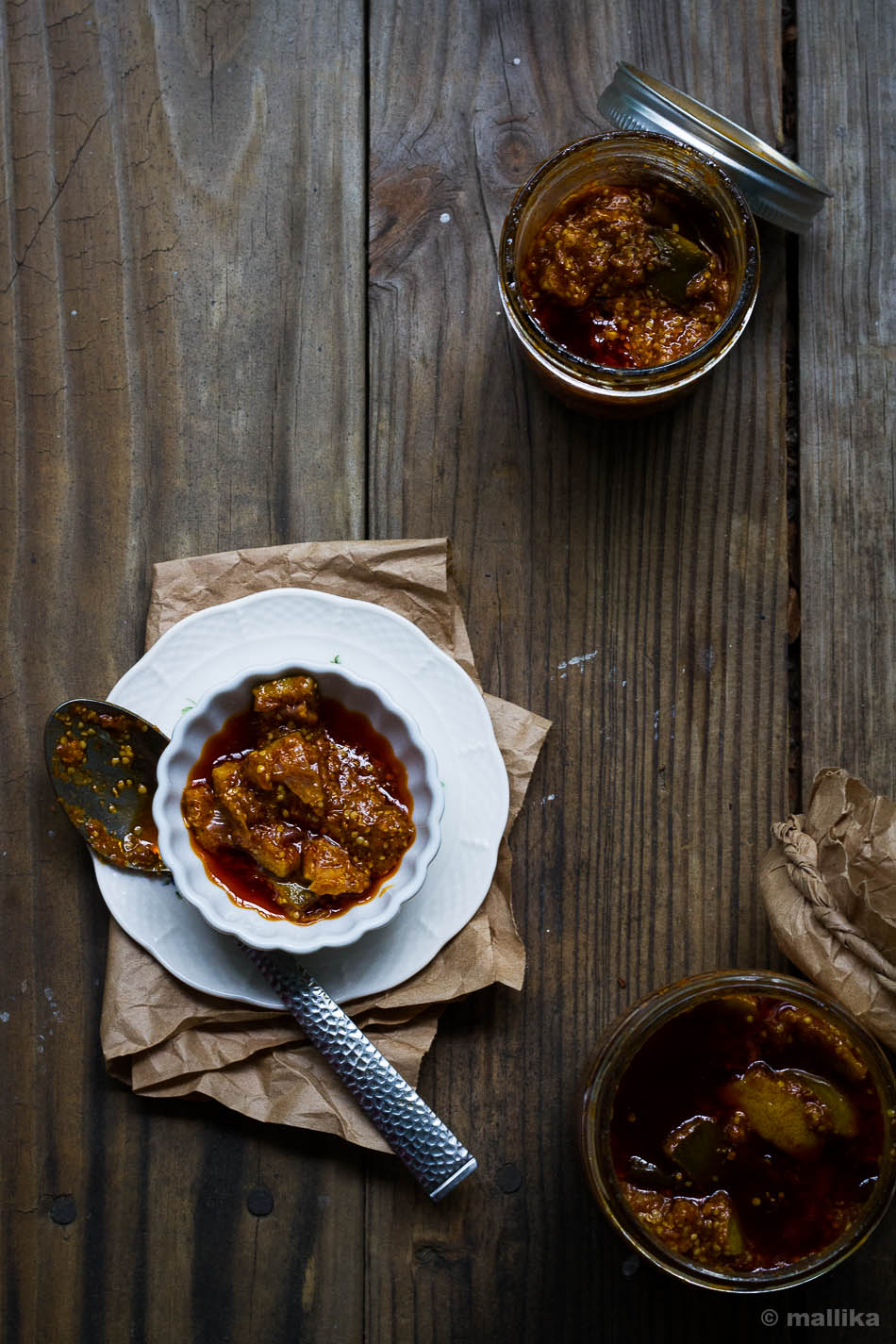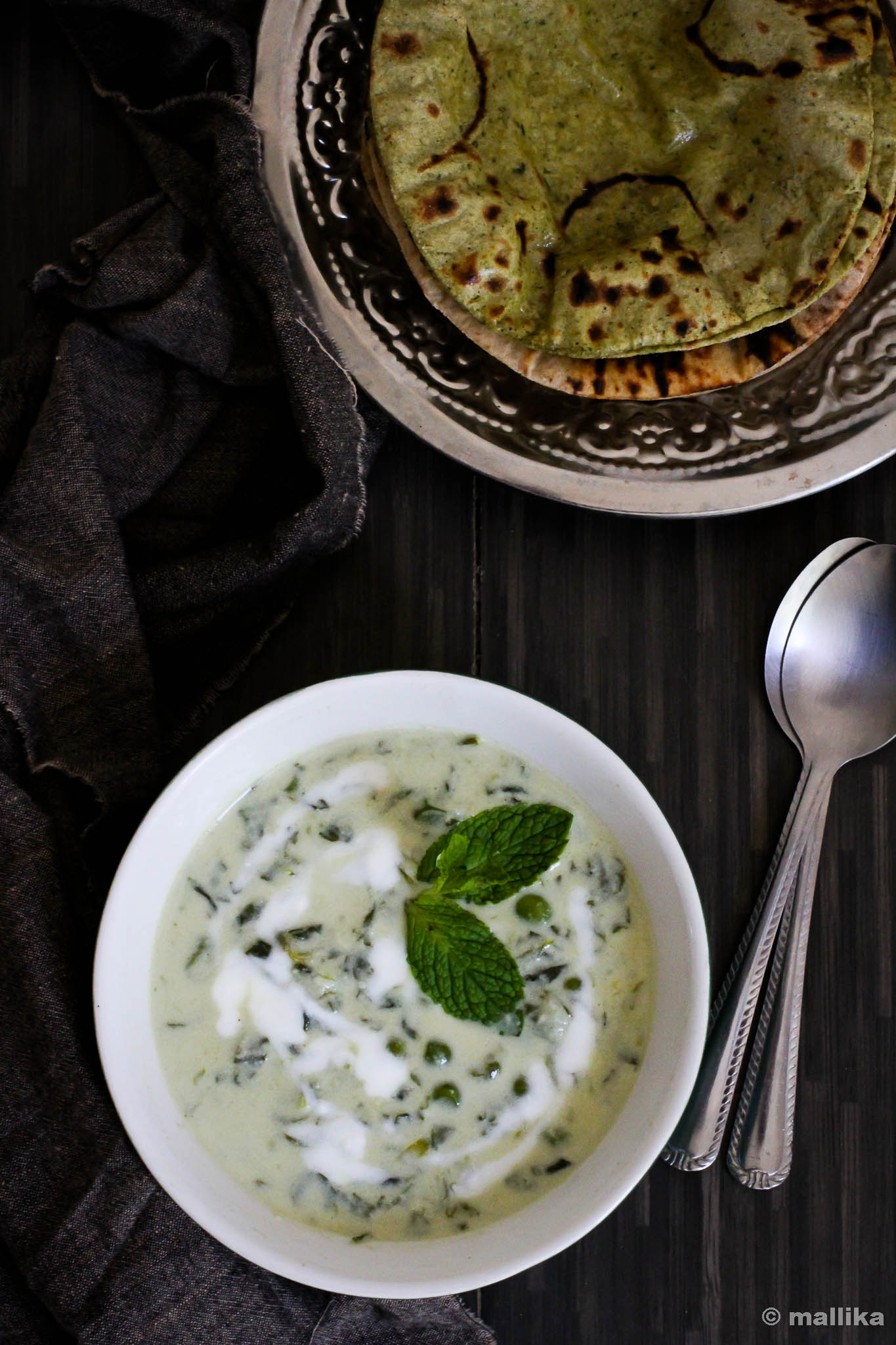I have been busy lately. We’ve had lot of travel on our cards this month and have been really enjoying all of it. Earlier this month, we were off to Goa to celebrate our anniversary. Then we headed to Lucknow last week for my brother-in-law’s wedding. Next week, we'll be off travelling to Chennai to celebrate Diwali with the newly-weds. We are just back from the wedding, beginning to unpack and trying to settle our life into normalcy. After all those pre-nuptial sacraments and wedding ceremonies, the late night partying, lot of gluttony gourmandizing, home coming feels good and we are craving simplicity. Weddings like these bring about gastronomical feast and when it spans over a couple of days, over several meals, you know you’ve had excess of it. Here’s when we are in need of a serious post-holiday diet detox. To settle into something homely and comforting like this one.
As much as I wish, not on all days do I have the luxury of making a full-fledged breakfast at home. Most weekdays, we hugely depend on office cafeteria for our breakfast due to lack of time to make one, much unlike of what I have grown up being to. Infact back home at my parents place, breakfast was a 3 course affair and it still continues to be. Being the most enjoyable meal of the day, this is when the family comes together seated at the table and grows over healthy conversations. Starting with a coveted cup of morning tea, seldom a biscuit or rusk to accompany, it’s followed by a main course of either idli, dosa, upma, poha, roti subzi or anything solid and nutritious to fill the stomach, and always ends with a variety of fresh cut fruits to wrap the meal. It’s a norm to have homemade pickles, chutney powders, jams, honey, ghee, jaggery syrup within hands reach on the table to accompany our breakfast dish. Between my hectic routine, I may have gone away from those traditions of enjoying daily breakfast leisurely, but on weekends and days where mornings are at my luxury, I ascertain to make a breakfast that is filling and wholesome and boasts of my family traditions.
Gojju Avalakki, also commonly known as Huli Avalakki is a delicious Karnataka breakfast delicacy made from beaten rice (called as poha / avalakki). I wonder what took me so long to make this breakfast dish at home considering how much I love this dish. This is yet another dish that comes from the realms of our traditional kitchens. A dish that I have grown up eating and evokes strong memories and wonderful nostalgias. My mother made this effortlessly, particularly on special occasions like Shivrathri, Navarathi and Ganesh Chaturthi, where use of onion and garlic are forbidden. It often makes a prominent presence during festivities such as weddings, poojas and Hindu festivals. With a delectable combination of spicy, sour and sweet, this dish is so traditional that you would hardly find them in hotels and restaurants anywhere.
As much as I wish, not on all days do I have the luxury of making a full-fledged breakfast at home. Most weekdays, we hugely depend on office cafeteria for our breakfast due to lack of time to make one, much unlike of what I have grown up being to. Infact back home at my parents place, breakfast was a 3 course affair and it still continues to be. Being the most enjoyable meal of the day, this is when the family comes together seated at the table and grows over healthy conversations. Starting with a coveted cup of morning tea, seldom a biscuit or rusk to accompany, it’s followed by a main course of either idli, dosa, upma, poha, roti subzi or anything solid and nutritious to fill the stomach, and always ends with a variety of fresh cut fruits to wrap the meal. It’s a norm to have homemade pickles, chutney powders, jams, honey, ghee, jaggery syrup within hands reach on the table to accompany our breakfast dish. Between my hectic routine, I may have gone away from those traditions of enjoying daily breakfast leisurely, but on weekends and days where mornings are at my luxury, I ascertain to make a breakfast that is filling and wholesome and boasts of my family traditions.
Gojju Avalakki, also commonly known as Huli Avalakki is a delicious Karnataka breakfast delicacy made from beaten rice (called as poha / avalakki). I wonder what took me so long to make this breakfast dish at home considering how much I love this dish. This is yet another dish that comes from the realms of our traditional kitchens. A dish that I have grown up eating and evokes strong memories and wonderful nostalgias. My mother made this effortlessly, particularly on special occasions like Shivrathri, Navarathi and Ganesh Chaturthi, where use of onion and garlic are forbidden. It often makes a prominent presence during festivities such as weddings, poojas and Hindu festivals. With a delectable combination of spicy, sour and sweet, this dish is so traditional that you would hardly find them in hotels and restaurants anywhere.
Gojju Avalakki / HuLi Avalakki
INGREDIENTS
1 cup Beaten rice (called as flattened rice / avalakki / poha – thick variety)
1 tbsp. Thick tamarind pulp
2 tsp. Sambhar powder
1 tbsp. Grated Jaggery
1 tsp. Turmeric Powder
½ cup Grated Coconut
Salt to taste
1 tbsp. Coconut Oil (highly recommended)
1 tsp. Mustard seeds
2 Broken Dry red chillies
1 tbsp. Groundnuts
A Sprig of Curry leaves
A pinch Asafoetida / Hing
DIRECTIONS
Wash the beaten rice / avalakki in a couple of washes of water. Drain off the water and allow the beaten rice to absorb little water retained during washing. It should swell and soften in 15 minutes, yet maintain it's shape and texture. Once softened, add a tsp. of coconut oil (optional, but helps in keeping the avalakki separate), salt to taste and a pinch of turmeric.
As the rice soaks, prepare the gojju / huLi masala for the avalakki. In a small chutney grinder, finely pulse the fresh grated coconut along with thick tamarind pulp, sambhar powder and grated jaggery. Do not add any additional water while grinding. Set aside.
For seasoning, heat a tbsp. of coconut oil in a thick bottomed pan and add mustard seeds. As they begin to crackle add the peanuts. Fry them for few minutes till the peanuts change their color. Add the red chillies, asafoetida / hing powder and fresh curry leaves. Fry further for few seconds. Next add the avalakki to this and mix well. Add in the prepared gojju / huLi masala to the avalakki and gently stir the entire mixture further for a few minutes. You may cover and cook also. However, I like to cook open to ensure there is no excess water trapped that may make the avalakki soggy. When cooked, turn off the fire and serve hot. Gojju Avalakki goes well with yoghurt/curd, chutney powder or plain jaggery.





Delicious phoha. very nice breakfast
ReplyDeleteMallika i have a fetish for avalakki. While avalakki is made mostly at home, i make this Gojju avalakki as an indulgence. I would love to devour this with some fresh home made curd. The platter looks delectable
ReplyDeleteLooks delicious and yummy..
ReplyDeleteMallika..looks yum and avalakki is my altime favourite :) wish you and your family a very happy Diwali :)
ReplyDeleteLooks so delicious!! I love the spices used for this poha :)
ReplyDeleteLove to start my day with this beautiful dish, filling breakfast.
ReplyDeletelovely pics,it surely looks yum
ReplyDeleteHey there! I made this recently, and all of us in the family loved it! Thank you so much for the recipe. :)
ReplyDeleteHere's my post on gojju avalakki - have linked to this recipe post of yours: http://thegalnxtdoor.wordpress.com/2014/08/10/g-for-gojju-avalakki/
The pic is not as great as the ones on your blog, though!
I was looking for perfect gojjavalakki recipe. Tried your recipe and it was beyond my expectation. Thank you so much for explaining it so well
ReplyDelete